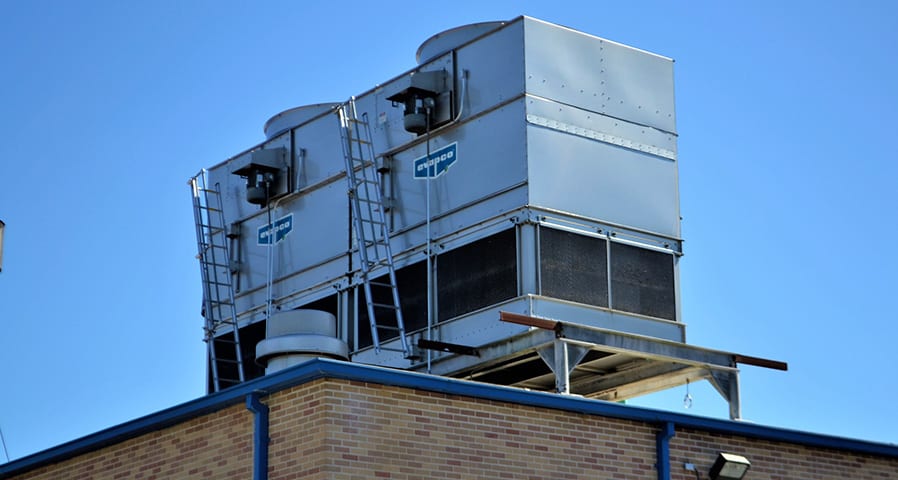HVAC Incentives
Utility incentives for HVAC systems are not new. However, utilities are making new incentives available to consumers. These incentives go beyond helping to cover the cost of a traditional HVAC replacement. Here are the three different technologies utilities are offering HVAC incentives on.
- Advanced Rooftop Controls (ARC)
- Energy Recovery Ventilation/Heat Recovery Ventilation (ERV/HRV)
- Ultraviolet Germicidal Irradiation (UVGI)
In this article, we’ll take a closer look at the three technologies that can help your HVAC system function more efficiently.
ARC Incentives
ARC is the acronym for Advanced Rooftop Unit Controls. It is a digital system that improves control over HVAC units. The majority of RTUs (rooftop units) use a constant fan and lack sensor-based ventilation controls. It means the HVAC fan is constantly running regardless of the facility’s heating and cooling needs. It increases energy usage and costs, but you can install controls to make your HVAC system more energy efficient.
Out of the three technologies, ARC has the most incentives. Utilities support the technology in the west and incentives are also increasing among midwestern and southern utilities.
There is a lot of talk of organizations processing their incentives and rebates in house, and while this is a direction your can take, outsourcing could be a better option. We suggest reading, Rebate Processing – Should We Outsource? We take an in-depth look at your options with both benefits and downsides.
ERV Incentives
Your HVAC system conditions outside air. It heats the air in the winter and cools it during the summer. An ERV (energy recovery ventilation) system uses two individual paths to prevent the exhaust from mixing with fresh air. For example, the ERV system allows cold exhaust air to precondition hot outside air. It’s the reverse in the winter.
By preconditioning the outside air, it allows your HVAC system to function more efficiently by reducing energy usage.
The benefits of installing an ERV unit apply to any facility with air-controlled spaces. Along with ERVs, heat recovery ventilation (HRV) units can also provide energy savings. The two units are similar. Both supply air and remove stale air (exhaust) while recovering energy in the process.
The key difference between the units is while an ERV transfers both hot air and moisture, an HVR only moves heat.
ERV incentives are relatively new and both gas and electric companies offer programs. Utilities offering HVR and ERV incentives are scattered across the country with the Midwest seeing the most support.
UVGI Incentives
Ultraviolet germicidal irradiation (UVGI) technology has a hundred year plus history in commercial applications. The technology purifies the air in labs and hospitals, preventing microbes from entering the ventilation system. UVGI is also used to keep cooling coils clean and free of biofilms.
The technology is flexible in its uses that include surface disinfection, as part of a portable air cleaner, or as part of an upper-room disinfection system. The technology removes most pathogens from the air, include Covid-19.
Currently, UVGI incentives from utilities are limited to only eliminating air-borne pathogens in HVAC ductwork. The technology is more energy efficient than other solutions for high-intensity ventilation. The US Department of Energy is performing studies on the technology and product certification requirements. We’ll provide updates as they are released.
HVAC Incentives with Incentive Rebate360
If you facility or organization is considering an HVAC upgrade contact us today to learn more about HVAC incentives and to see if there are programs in your area.
To speak with one of our HVAC incentive specialists, call 480-653-8180, email [email protected], or schedule a call that fits your needs by clicking the button below.






0 Comments